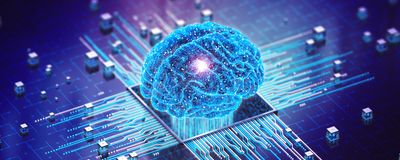Artificial Intelligence
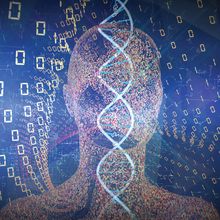
Pioneering the Aging Frontier with AI Models
Shelby Bradford, PhD | Dec 13, 2024 | 8 min read
David Furman uses computational power, collaborations, and cosmic inspiration to tease apart the role of the immune system in aging.
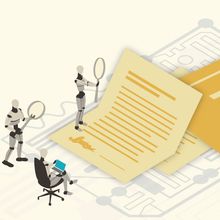
Detecting Research Misconduct
in the Age of Artificial Intelligence
Danielle Gerhard, PhD | Dec 13, 2024 | 2 min read
The rise of fraudulent papers, exacerbated by AI-assisted technologies, threatens scientific integrity, but new detection tools offer hope.

The Evolution of Microbe Teachers and AI Cheaters
Meenakshi Prabhune, PhD | Dec 13, 2024 | 2 min read
In nature, microbes fend off their microbial competitors. In the digital world, can AI-detection tools help researchers knock out AI-based research misconduct?
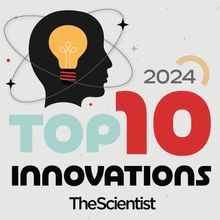
2024 Top 10 Innovations
The Scientist Staff | Dec 13, 2024 | 10+ min read
The latest group of winning technologies has a little something for everyone—from scientists at the lab bench to those in the clinic and even the classroom.
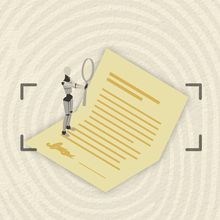
Detection or Deception: The Double-Edged Sword of AI in Research Misconduct
Danielle Gerhard, PhD | Dec 13, 2024 | 10+ min read
New artificial intelligence tools help scientists fight back against a rising tide of research misconduct, but is it enough?
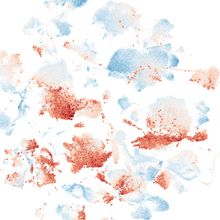
An AI Lab Partner Helps Sift Through Transcriptomics Data
Kamal Nahas, PhD | Dec 12, 2024 | 4 min read
Big omics datasets can be overwhelming for researchers with limited programming skills, but texting with a new AI chatbot could help them wade through their results.
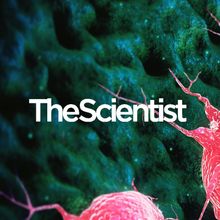
New Approaches for Decoding Cancer at the Single-Cell Level
The Scientist Staff | Dec 2, 2024 | 1 min read
In this webinar, Linghua Wang and Jeremy Goecks will talk about technology that enables new approaches for a better understanding of tumors on a cellular, spatial, and environmental level.
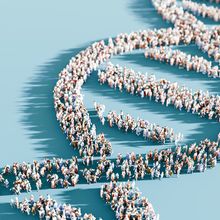
AI-Assisted Genome Studies Are Riddled with Errors
Sahana Sitaraman, PhD | Nov 13, 2024 | 3 min read
Researchers used artificial intelligence in large genomics studies to fill in gaps in patient information and improve predictions, but new research uncovers false positives and misleading correlations.

Sapio Sciences Expands Collaboration With AWS to Advance Science-Aware AI Vision
Sapio Sciences | Nov 8, 2024 | 2 min read
Collaboration enables customers to securely and confidently use AI to accelerate drug research and discovery.
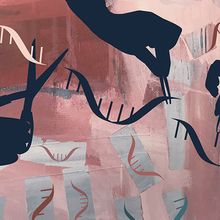
A Small Genome Editing Nuclease Packs a Big Punch
Sahana Sitaraman, PhD | Oct 30, 2024 | 4 min read
For the past decade, scientists have relied almost exclusively on CRISPR-Cas systems for genome editing. Now, a smaller but equally efficient nuclease is here to compete.
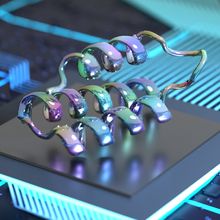
The Journey to a Nobel Prize: A Protein Design and Structure Research Timeline
Meenakshi Prabhune, PhD | Oct 17, 2024 | 6 min read
About 50 years ago, biologists set out to solve the protein-folding problem. The road to the Nobel victory has been arduous but full of small wins along the way.
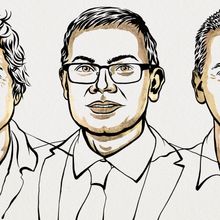
Nobel Prize in Chemistry for Work on Proteins
Sneha Khedkar | Oct 9, 2024 | 3 min read
David Baker, Demis Hassabis, and John Jumper share this year’s Chemistry award for their research on protein design and structure prediction.
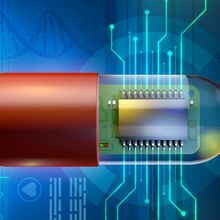
Transforming Biopharma Research Through Artificial Intelligence
Sartorius | Oct 9, 2024 | 1 min read
Learn how researchers take their drug discovery and development research to the next level with artificial intelligence.

Sino Biological and BioGeometry Deepen Strategic Cooperation to Empower Protein R&D with Generative AI
The Scientist Staff | Sep 11, 2024 | 2 min read
This collaboration brings together Sino Biological’s advanced protein expression and wet-lab capabilities with BioGeometry’s generative AI protein design and optimization platform.
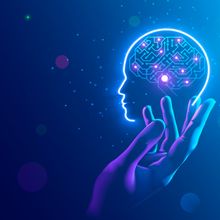
Harnessing the Power of Artificial Intelligence
The Scientist | Sep 9, 2024 | 1 min read
AI-driven technologies can help scientists accomplish efficient research workflows, from experimental design to data management and beyond.
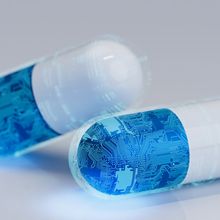
Harnessing the Power of AI to Design Novel Antibiotics
Charlene Lancaster, PhD | Jun 27, 2024 | 4 min read
Generative artificial intelligence allowed researchers to design new, synthesizable antibiotics against a dangerous and often drug-resistant human pathogen.
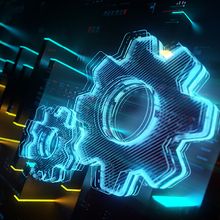
Enhancing Efficiency in the Clinical Research Laboratory
Thermo Fisher Scientific and The Scientist | Jun 17, 2024 | 1 min read
Automation, multiplexing, artificial intelligence, and more come together to build a better laboratory environment.
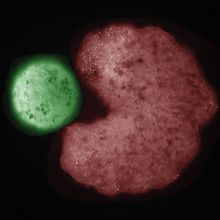
From Code to Creature
Laura Tran, PhD | Jun 14, 2024 | 10+ min read
A happenstance collaboration between biologists and roboticists led to the birth of a strange creation: living machines derived from frog stem cells.
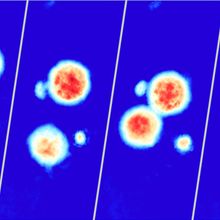
Evaluating Tumor Heterogeneity with a High Throughput Pipeline
Charlene Lancaster, PhD | Jun 3, 2024 | 3 min read
An automated bioprinting and imaging platform allows researchers to examine heterogeneous responses to anticancer drugs within a tumor organoid population.
